The Intag Cloud Forest is among the world's hottest endangered ecosystem. According to Carlos, it is botanically super diverse with a potential value of its flora and fauna to Ecuador and the rest of the World. The tropical Andes which includes Intag Cloud Forest, contain approximately 15-17% of the world's plant species and almost 20% of its bird diversity.
However, the biggest challenge and concern that Intag Cloud Forest is facing; is that it is situated in the region that industrial copper mining projects tend to destroy thousands of hectares. Mining is very disastrous to environment and ecosystem in general and causes serious problems to flora and fauna and people in the communities. According to Carlos it creates in long term a project of desertification and water contamination with heavy metal.
Carlos ' s approaches to the conservation of Intag Cloud Forest 's ecology included help founding a grassroot environmental organization DECOIN (Defense and Ecological Conservation of Intag) and working with youth in the community to help mobilization community engagement; to be aware of their rights and to stand and resist to anything that may lead to the destruction of ecology of Intag Cloud Forest. His actions have been very effective, because together with the communities they have been successfully resisted to two major mining projects including Mitsubishi that was expelled in 1997 after contaminating the Junìn river and caused health problems to the people in the communities. It has also caused serious deforestation problems. However, more advocacy is still needed to address this issue that mining may cause in the future, and according to Carlos government's support to this initiative would make remarkable changes to a successful conservation of the ecology of Intag and the wellbeing of the people in the communities
By Cedric Habiyaremye
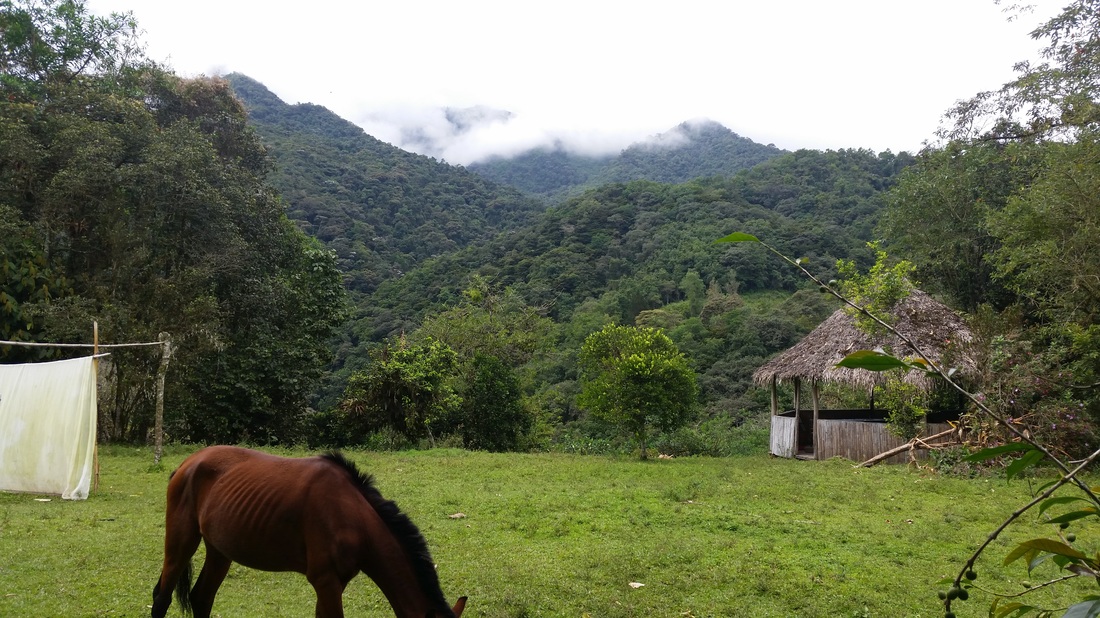
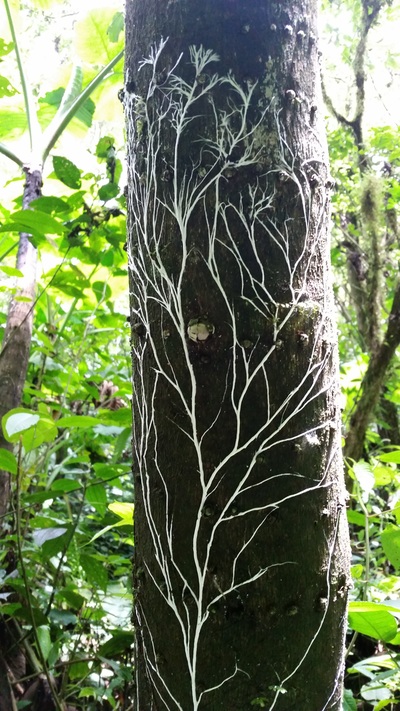
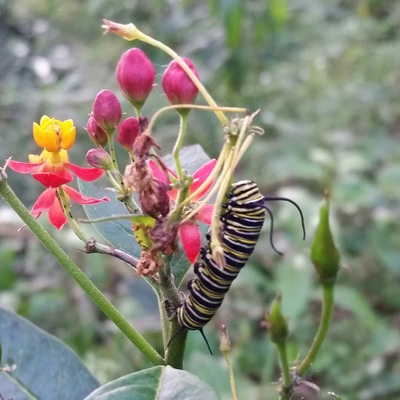

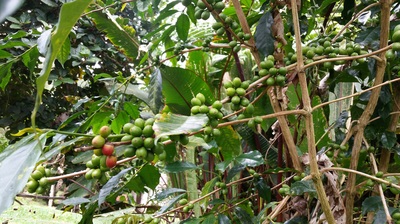
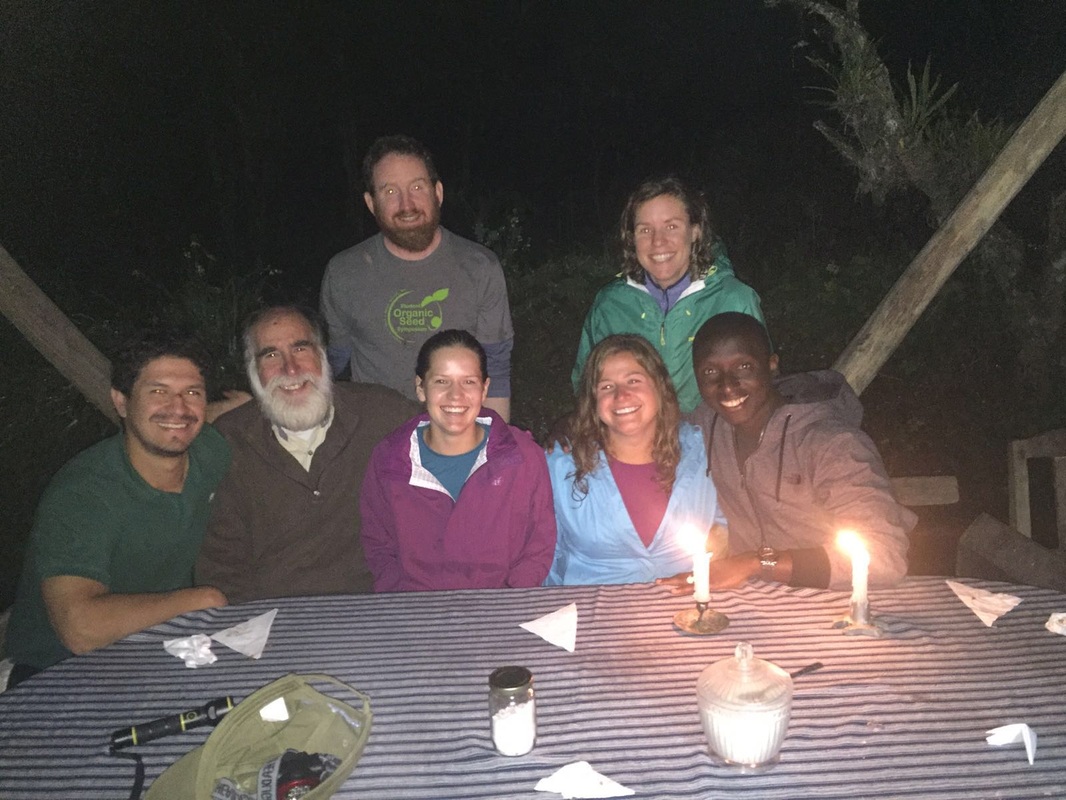
 RSS Feed
RSS Feed